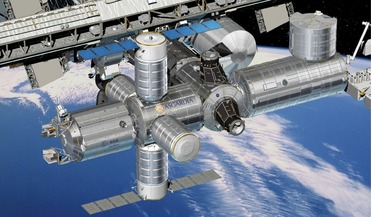 January 2021
Asgardia’s project for a new module to expand Space Station
January 2021
Asgardia’s project for a new module to expand Space Station
... past decade, the International Space Station partnership has continually addressed the future of research in - and exploitation of - low Earth orbit (LEO) beyond the lifetime of the ISS. At present, it seems likely that the Space Station will remain...
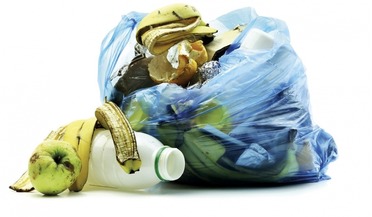 January 2021
Taking out the trash in space
January 2021
Taking out the trash in space
... mass that has to be launched from the gravitational well of Earth. Trash to Gas The face of astronaut Don Pettit peers out from rubbish stowage bags in the Harmony node of the International Space Station. The bags, containing rubbish and no longer...
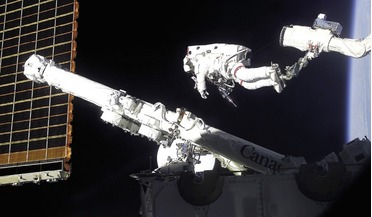 July 2021
Canadarm2 - 20 years of Canadian space robotics on the ISS
July 2021
Canadarm2 - 20 years of Canadian space robotics on the ISS
... flight on, for 30 years until the end of the Shuttle programme in 2011. Its successor, the bigger, more complex Canadarm2, was extensively involved in the in-space assembly of the International Space Station (ISS). In the 20 years since it was first...
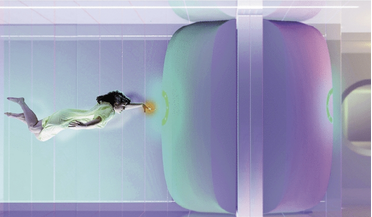 July 2021
Designing for life in outer space - The importance of design for long-term space missions
July 2021
Designing for life in outer space - The importance of design for long-term space missions
... in which fields it can intervene and in which contexts its competences and skills are most required. The International Space Station (ISS) is an inspiration, not least because it exemplifies two best practices that we would all do well to aspire...
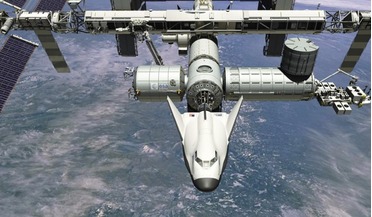 July 2021
Commercial space stations - fulfilling the dream
July 2021
Commercial space stations - fulfilling the dream
... status of your major projects? KAVANDI Our first launch of a Dream Chaser cargo vehicle to the International Space Station is planned for the second half of 2022. We have seven missions on contract right now, and we’re also planning a crewed version...
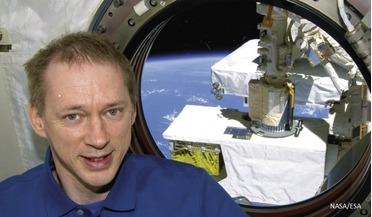 January 2022
International cooperation - the key to survival on Earth and in space
January 2022
International cooperation - the key to survival on Earth and in space
... most important foundation that I have discovered in the 20 years that I’ve worked in space is international cooperation. Throughout my time in ESA and the International Space Station programme we have faced many difficulties, but we were always able...